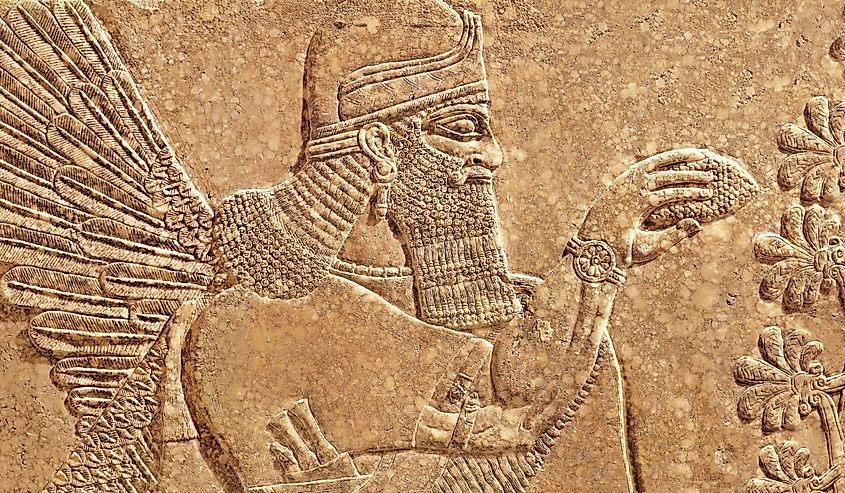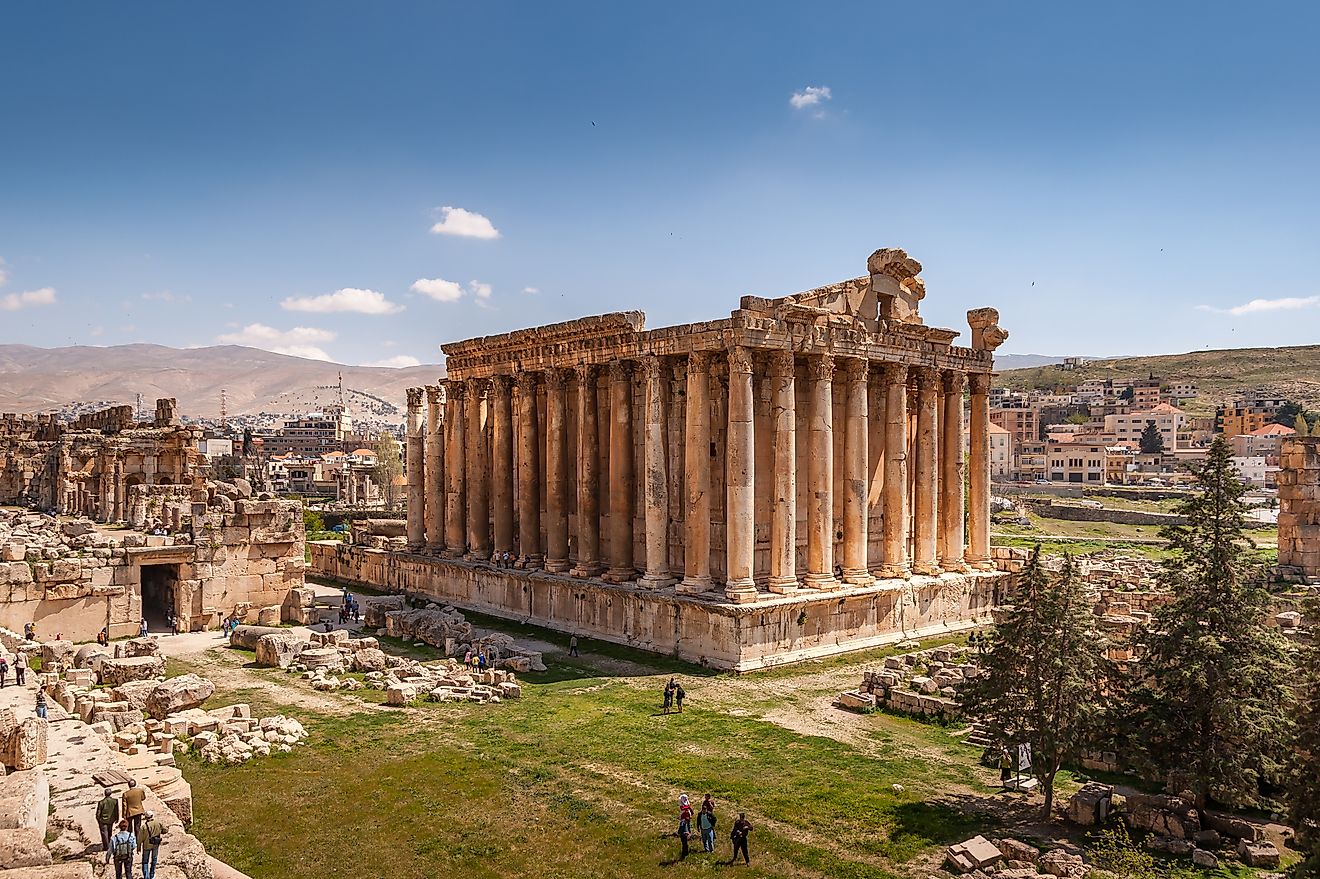
Who Were the Ancient Sumerians?
Almost 6,000 years ago the first civilization took shape. Hugging the shores of the bountiful Euphrates and Tigris Rivers the Sumerians built humanity's first cities and towns. Leaping out of the Stone Age and into the Bronze, the people that inhabited what is today modern Syria and Iraq changed the trajectory of human civilizations forever. Despite losing many aspects of their society to time, their legacy and societal contributions to humanity are immeasurable and eternal.
Innovations

Known today as the "Fertile Crescent", the land between the Euphrates and Tigris is home to rich and easy-to-work soil, making it a perfect place to farm and cultivate. The Sumerians were the first people on earth to grow their food where they lived instead of chasing wild game or foraging for fruits. A stable and reliable food source meant that the Sumerians did not need to be nomadic like the other groups in the area.
As settlements around these food sources grew so did the farms with the development of complex irrigation systems to increase harvest yields. The Sumerians were also the first people to use beasts of burden such as oxen to help them farm. These large and powerful animals were perfect to pull plows and seeders. This surplus in food created a massive population boom and led to the formation of large cities with their own intricate political and religious structures.
Major Cities

The word Sumerian today, loosely refers to the people who inhabited Syria and Iraq between the years 6,000 BC and 2,000 BC. The Sumerians did not see one another as a cohesive people group but rather owed their allegiances to the cities in which they were born.
Many of these cities had distinct cultures and religions. Wars fought between these city-states over trade, land, and natural resources were not uncommon either. The most notable of these cities were Ur, Kish, and Uruk. All of these cities were in close proximity to one another by modern standards however, in ancient times they might have well existed on different planets.
The first Sumerian king to rule all of Sumeria was none other than Sargon of Akkad. The subsequent Akkadian Empire in his wake was the first empire in the world. Sumer remained a semi-united civilization for 200 years after the death of Sargon.
Culture

The separation between religious and political leaders in Ancient Sumeria was virtually non-existent. It was common for the rulers of each city to also serve as the head of the faith. These priest-kings would lead their people with a strong reference to their religious teachings.
The Sumerians were polytheistic and believed that their gods were born out of chaos. It was their job as humans to labor for the gods in order to make sure this chaos did not rise again. Similar to the Abrahamic faiths today, the Sumerians also believed in a sort of "end times". During this period the gods would return to earth and plunge it back into anarchy and mayhem once humanity became too much to bear.
Rulers

The Sumerian city-states had countless kings and rulers but none as famous as Gilgamesh. The poetic tale titled the "Epic of Gilgamesh" is one of the oldest surviving stories in the world. The poem itself, recorded on stone tablets, is an ode to the semi-mythical king. While the epic involves supernatural and otherworldly events, Gilgamesh, the person, almost certainly existed. This story gives historians a look into the culture, values, and traditions of the Sumerian people and their rulers.
According to the stone tablets, Gilgamesh was born to the goddess Ninsun and fathered by the priest-king Lugalbanda. The story paints Gilgamesh as a great hero and warrior who regularly fights gods and other fantastical creatures. The tale explores the themes of companionship, betrayal, and triumph.
Legacy and Downfall

Sumer enjoyed almost two centuries of relative peace and prosperity before it began to decline. It is not entirely clear why the Sumerian Empire collapsed, but many historians suggest that a series of invasions and natural disasters were factors. Raids and incursions from nomadic peoples that lurked outside of Sumer's borders were common along with floods and droughts. With little centralization, it would have been almost impossible for the rulers of the empire to respond to multiple disasters at once.
The area that was once known as Sumer was later inhabited and ruled by the Assyrian and Babylonian Empires. Today the legacy of the Sumerians is as apparent as ever. The majority of humans today live in cities and urban centers all thanks to the large amounts of food that are grown on nearby farms.
Summary
The Sumerians may no longer be with us but their ingenious inventions live on. Without the Sumerians throwing some seeds in the ground, it is hard to say how or when agriculture would have progressed. The basic building blocks of civilization began all thanks to a group of people tired of chasing their food.











